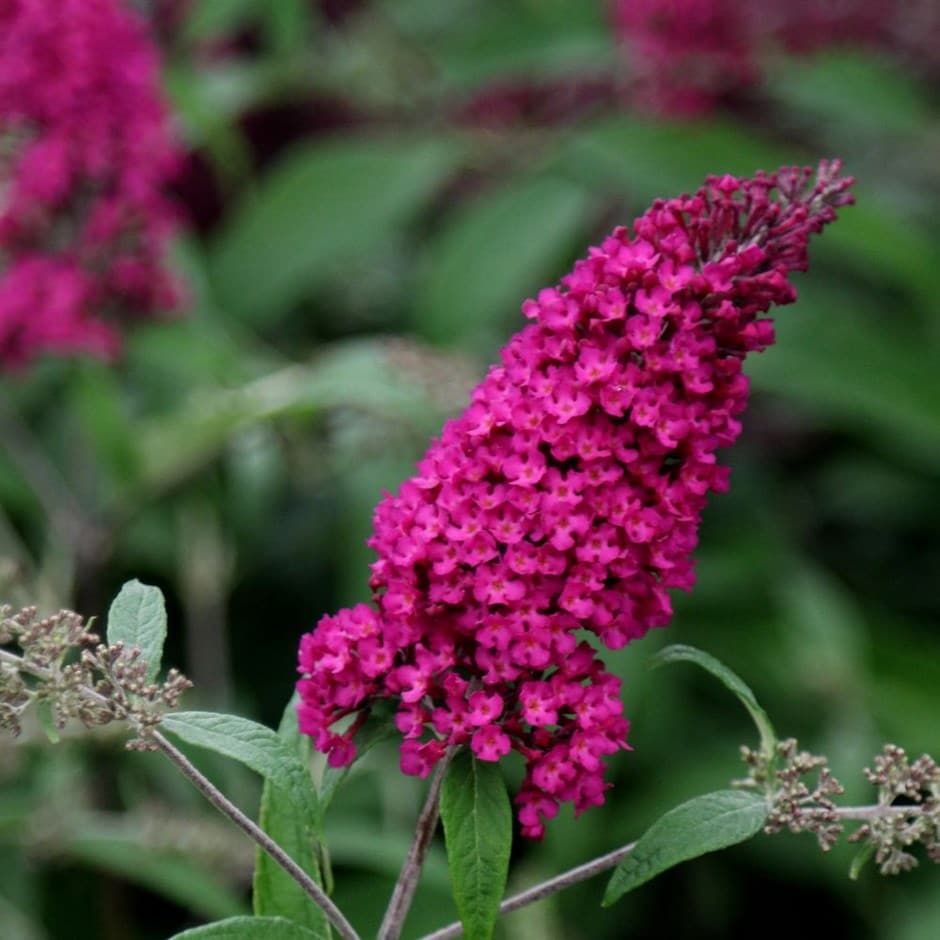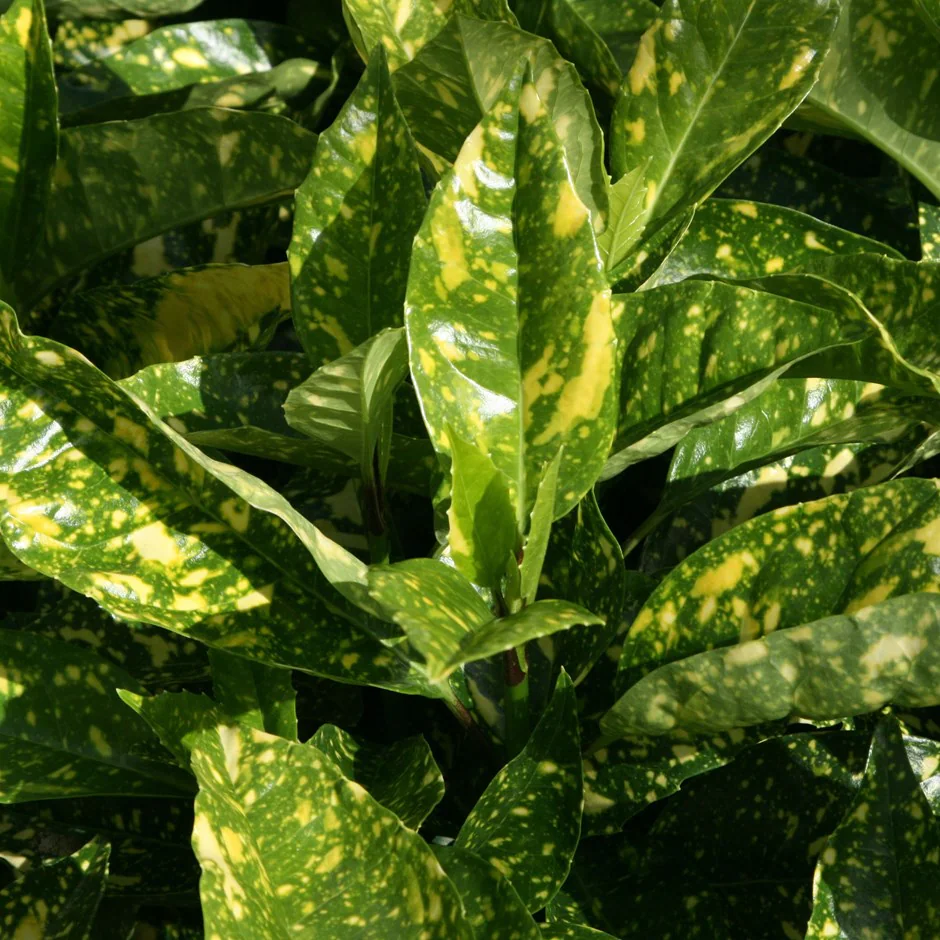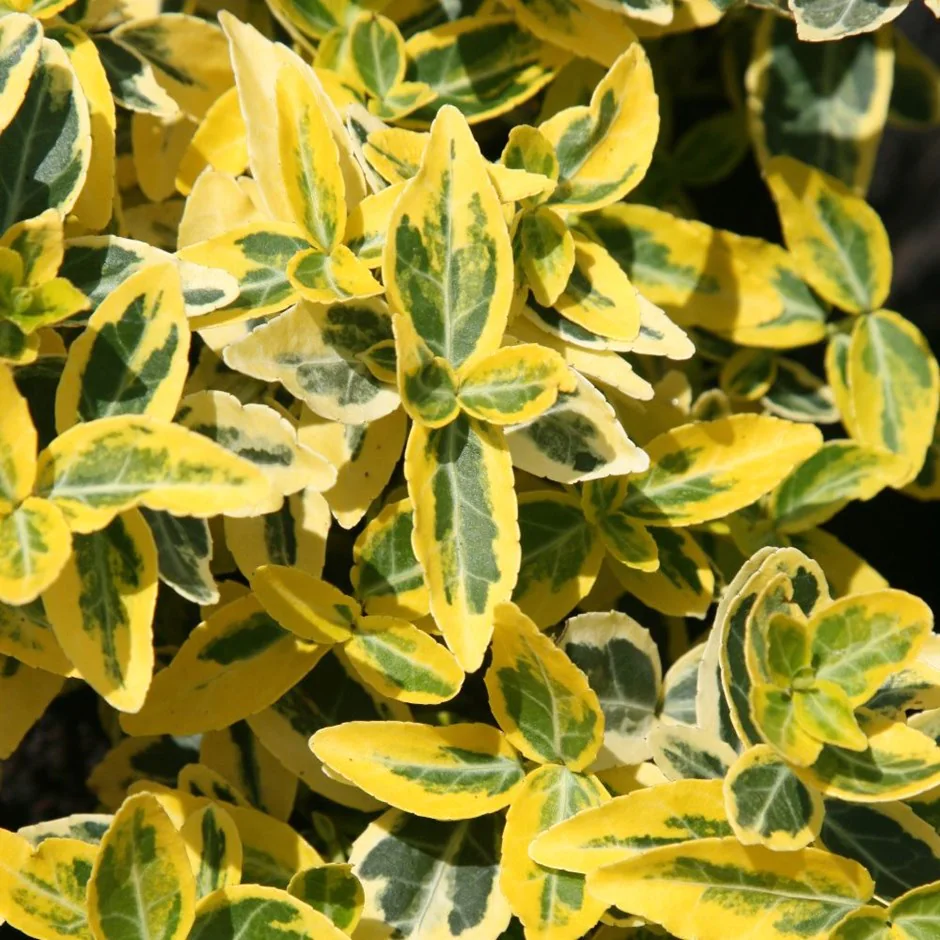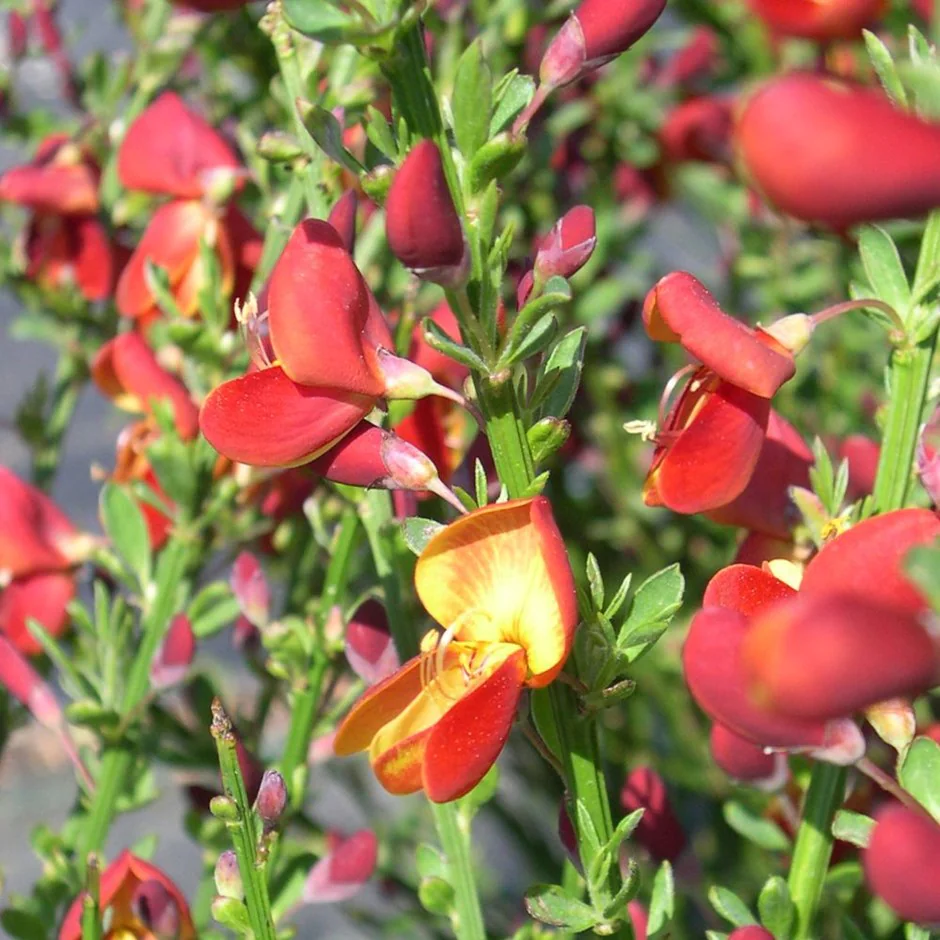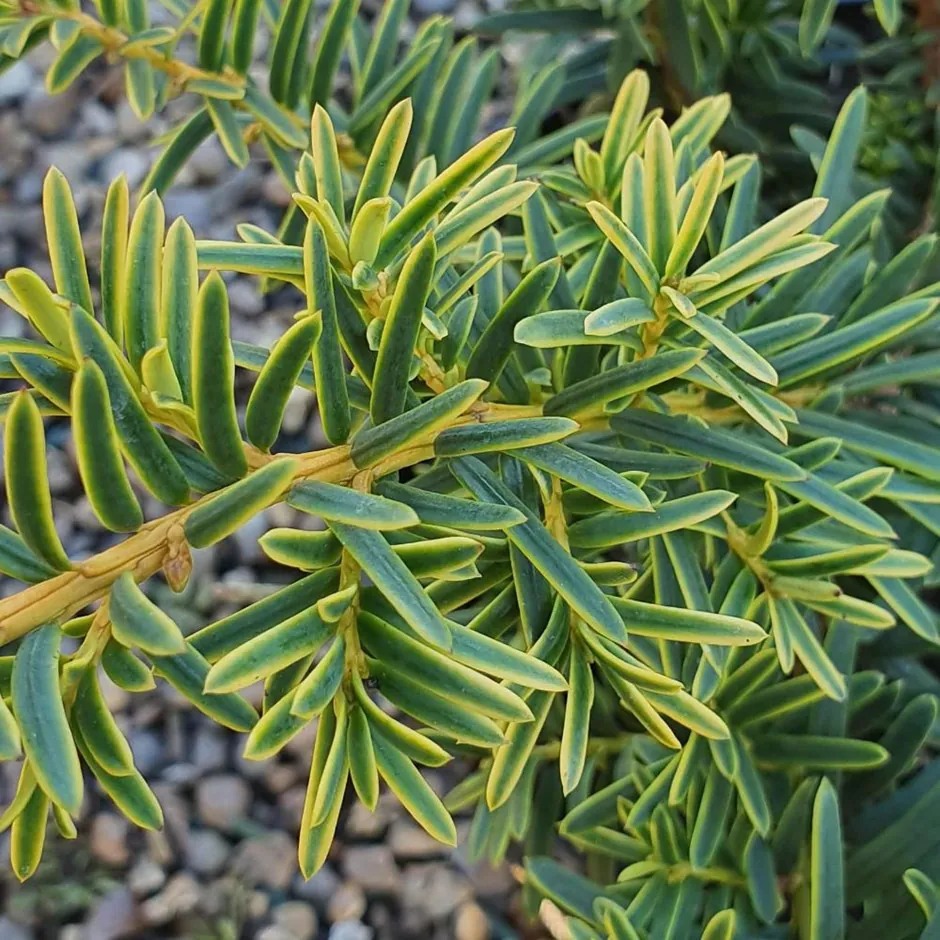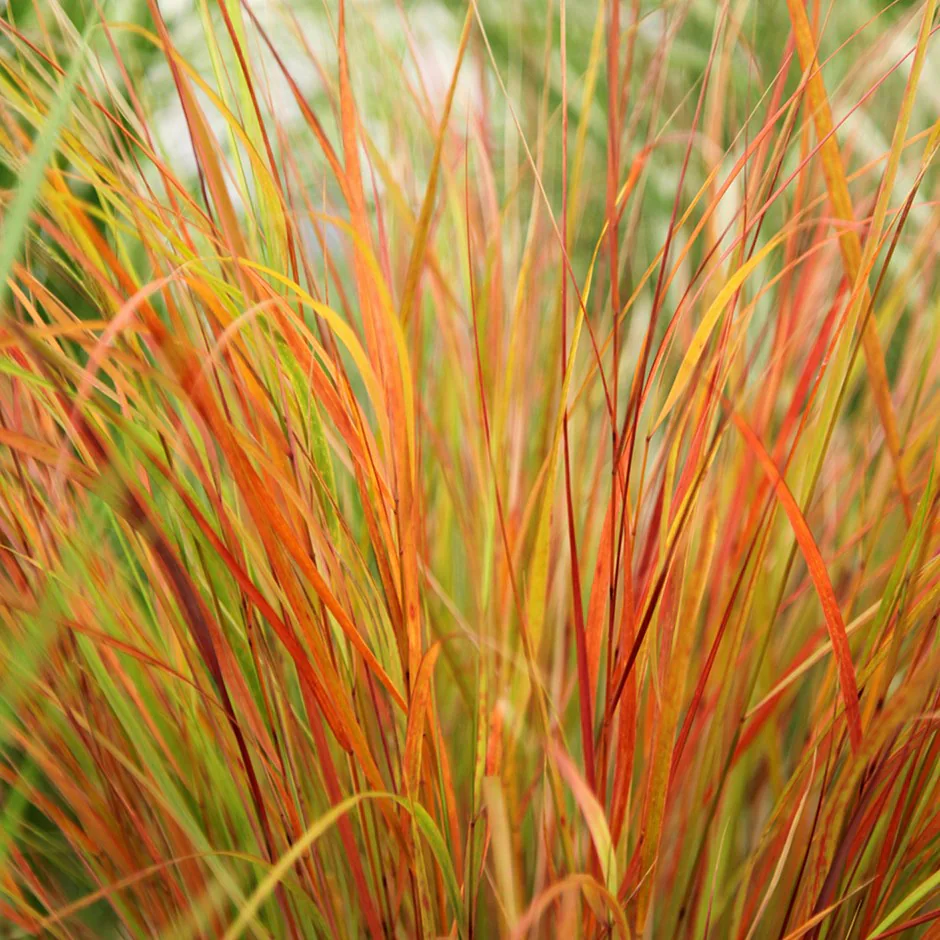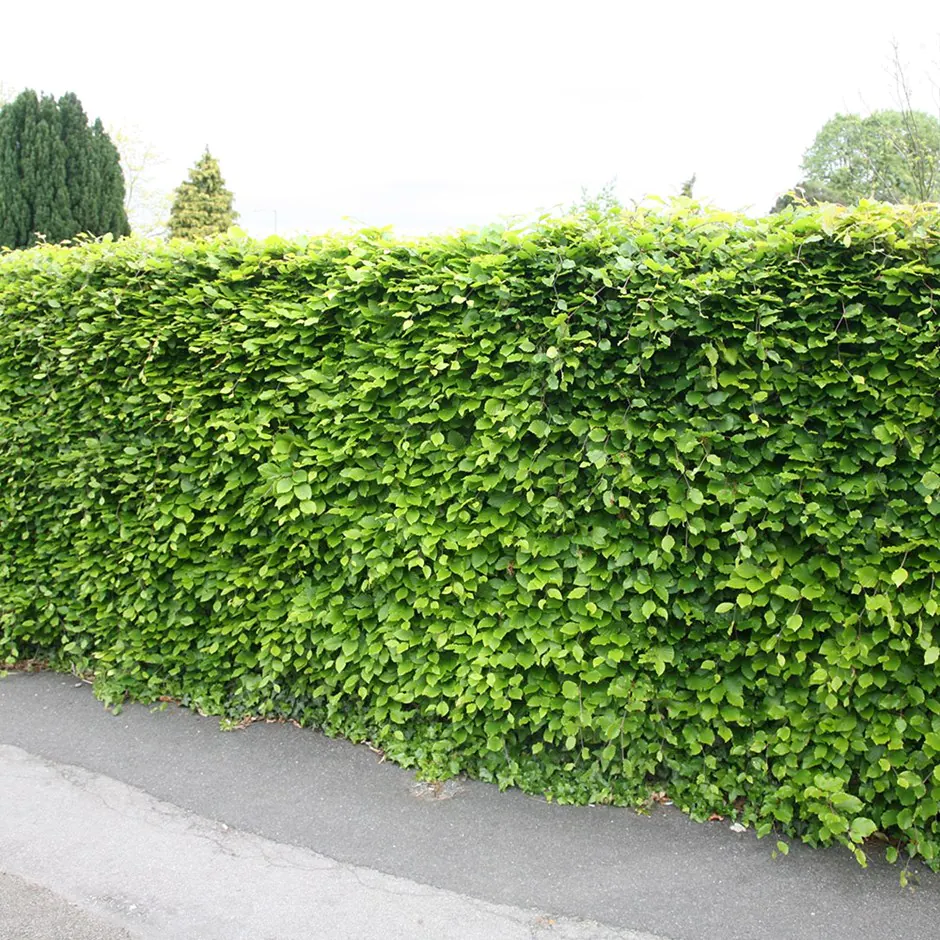Maybe you have an exposed, windy garden where you struggle to get plants to survive. I have written a specific article for plants for coastal regions where wind is salty. You can view this article here. But even inland winds can be fiercely strong in areas where there is little surrounding protection. Below I have chosen some of my favourite trees and shrubs that should stand up to these harsh conditions.
Buddleja davidii ‘Royal Red’
Clusters of fragrant, red/purple flowers, which are very attractive to butterflies, top the gently arching branches from midsummer. This butterfly bush produces some of the largest blooms currently available, and if the shrub is pruned hard each spring, the honey-scented flowerspikes can grow up to an impressive 50cm (20in) long. The mid- to grey-green leaves will turn butter-yellow in autumn before they fall, and this coupled with the showy flowers, makes it a fine specimen for a sunny position. Deadheading the buddleja will encourage it to produce more flowers and stop any unwanted seedlings.
Aucuba japonica ‘Crotonifolia’
This resilient evergreen shrub has become popular because it will thrive in inhospitable, shady areas of the garden where little else will grow. It copes well with dry shade, urban pollution and salt-laden air, and is easy to look after. The leaves are large and splashed with pale yellow (hence its common name of spotted laurel), and it has insignificant, small clusters of red-purple flowers in April and May. It will light up a shady corner of the garden, or make an excellent dense hedge for an urban or coastal site.
Sorbus aucuparia
Rounded tree with mid- to rich green leaves that turn deep red and yellow in autumn, especially after cool summers. Sprays of tiny white flowers cover the tree in late spring, followed by bunches of red berries in autumn. Berries are quickly eaten by birds making it ideal for a wild or woodland garden. This conical-shaped tree can also tolerate harsh conditions and is perfect for a small urban garden.
Euonymus fortunei ‘Emerald ‘n’ Gold’
Clusters of insignificant green flowers appear in May and June among small, lustrous green leaves with yellow margins, which often take on a reddish bronze flush in colder winter. This popular, bushy, semi-evergreen shrub makes excellent groundcover and is a mainstay of low-maintenance gardens, but it also makes a good foil for more ornamental, golden-leaved shrubs. It is tough and will thrive in any well-drained border in sun or partial shade.
Viburnum tinus
Flattened heads of white flowers from December to April, followed by dark blue-black fruit. This lovely, long-flowering laurustinus is perfect for brightening partly shady areas when little else is in flower. Reliable and easy to grow, the dark green foliage provides a dense backdrop against which ornamental or feature plants can more easily be seen.
Cytisus ‘Lena’
Upright to gently splaying green stems are studded with small leaves, and then in late spring, an abundance of small pea-like blooms put on a really spectacular show. The flower colour is quite unusual too, being a blend of red, orange and yellow tones – and that makes it ideal for adding early interest to borders with a hot colour scheme. An easy and undemanding shrub, it is happiest in a sunny spot with freely draining soils.
Rosa rugosa Rubra
Masses of fragrant, single, yellow-centred, purplish-red flowers from July to September, followed by attractive, tomato-shaped, red or orange-red rose-hips. This vigorous, repeat-flowering species rose is ideal for wilder areas of the garden. An excellent, informal, flowering hedge for an open, sunny site, the leathery, dark-green leaves turn butter-gold in autumn.
Taxus baccata ‘Summergold’
Slowly forming a bushy mound, which could be clipped to form a very neat dome, this adaptable and easy to grow evergreen offers year round interest. When grown in full sun, the new foliage emerges in a bright yellow-green flush, but as the season progresses, the colour becomes greener. Tough and undemanding, this low growing golden yew is ideal for a low-maintenance garden.
Anemanthele lessoniana
Pheasant’s tail is a wonderful grass that provides year-round colour, movement and structure. It forms a fountain-like clump of slender evergreen foliage, which emerges green, but develops irregular yellow, orange and red spotting and streaking. This colouring becomes even more intense during the colder months of the year and the overall effect is very pretty. An added bonus is the sprays of airy flowerheads, which appear in late summer.
Fagus sylvatica – Beech hedge
A splendid plant with green leaves that turn a rich copper in autumn. As a tree it is only suited to large gardens or parks, grown as specimens in the lawn. However, it does make a superb hedge, retaining the brown leaves through winter and only loosing them when the new foliage appears in spring. It will make a lovely formal hedge that also acts as an excellent windbreak.
To view these and many other plants for windy areas at Crocus click here
Mark Snelling
All images and descriptions copyright Crocus
If you have enjoyed reading our blog post then why not fill in the form provided to allow us to send you our blog posts and newsletters by email. For all major gardening products, visit our shop from the menu above.


